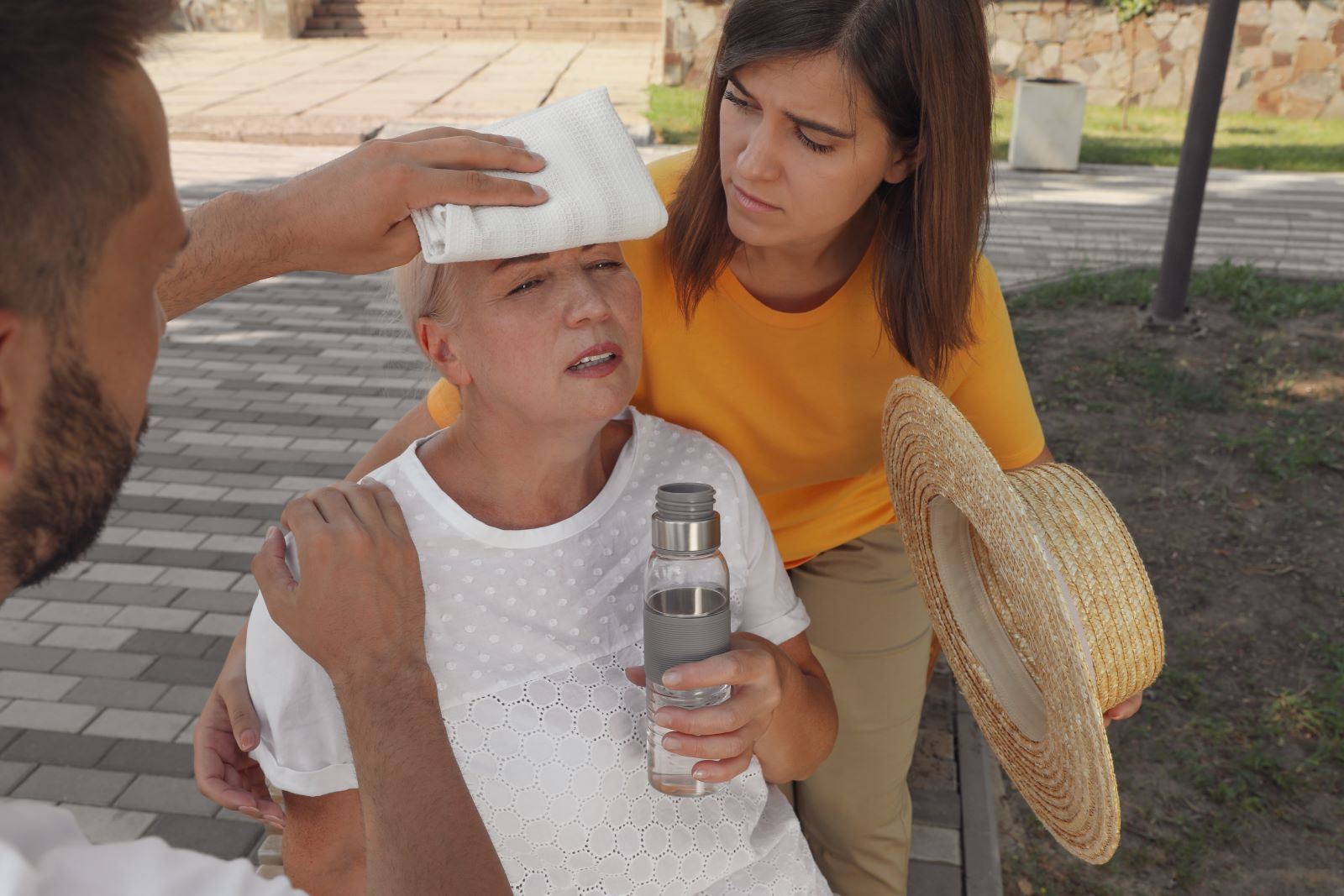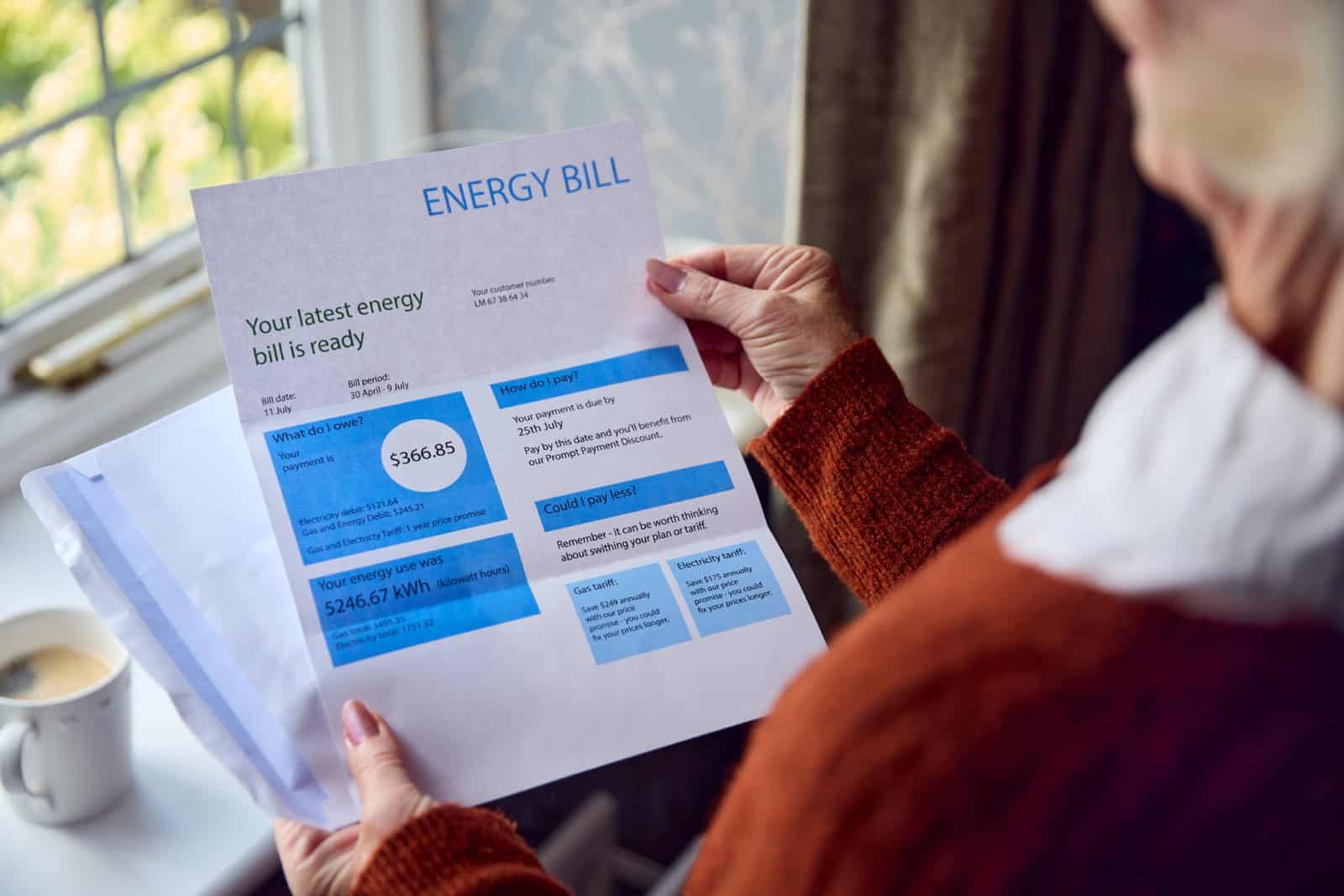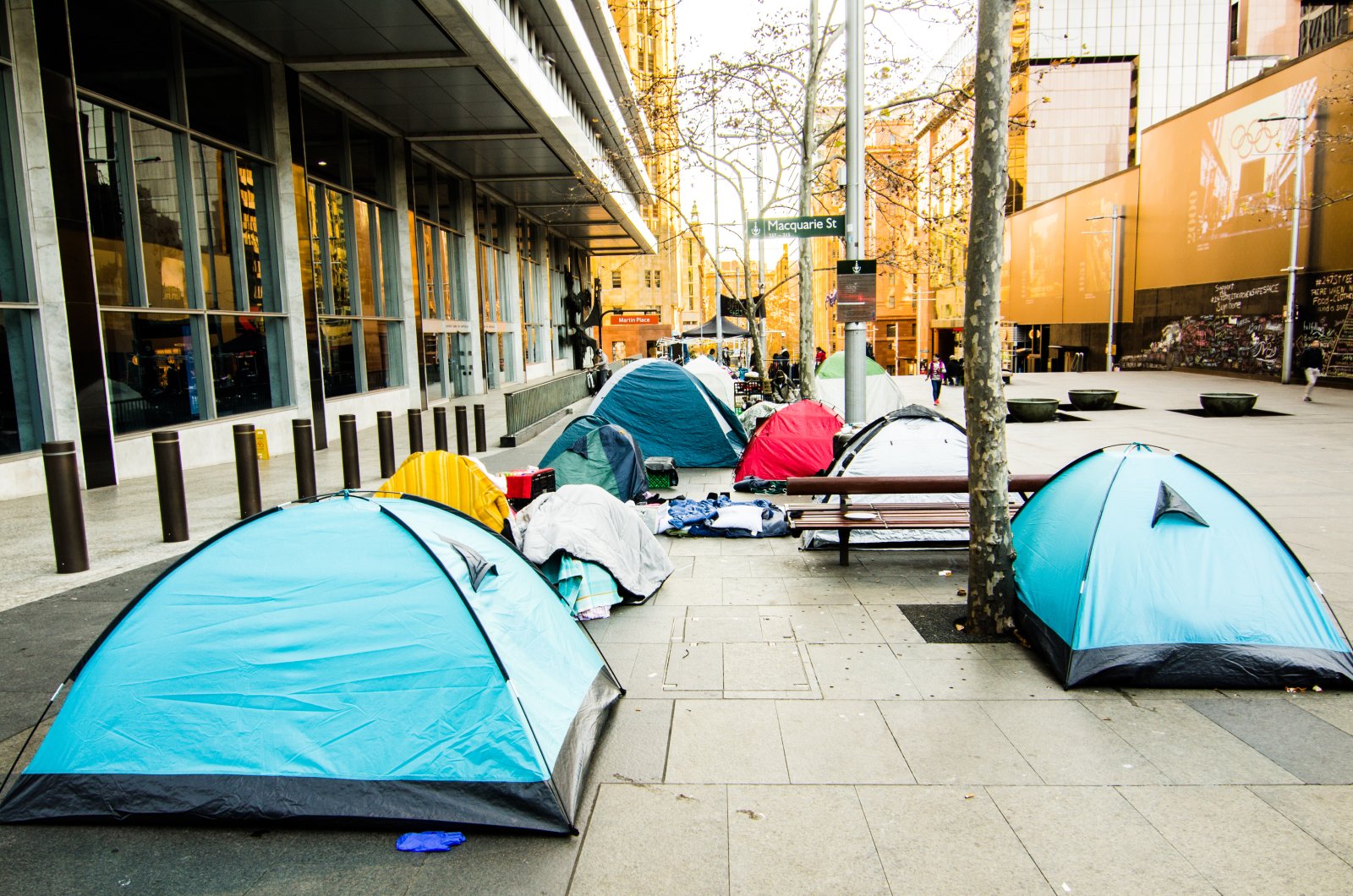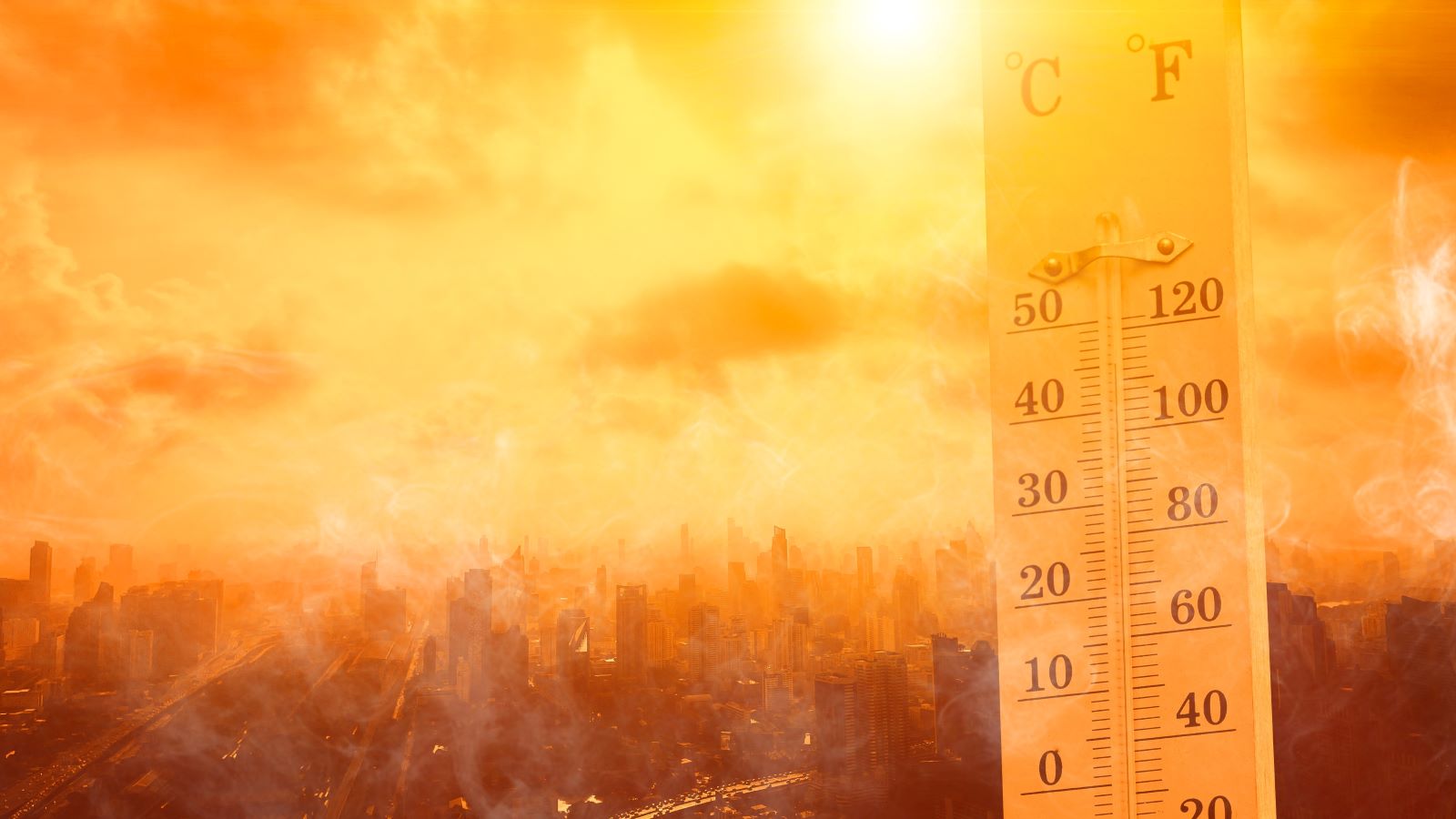As the heat increases, so do those air-conditioning bills, meaning low-income families need to choose: food or A/C?
Inhuman Choices

Image Credit: Shutterstock / wavebreakmedia
Nobody should be forced to choose between buying food or paying to keep that aircon running as a defense against excessive heat.
However, this is exactly what is happening across the United States – and, as usual, it’s the low-income groups who suffer the most.
Heat Is a Killer

Image Credit: Shutterstock / New Africa
According to New York’s 2024 Heat-Related Mortality Report, extreme heat is responsible for the premature death of about 350 New Yorkers every year.
The most important risk factor according to the report? Lack of access to air conditioning at home.
Another Study

Image Credit: Shutterstock / SFIO CRACHO
Now, skip to another report conducted by the Center for Energy Poverty and Climate (EPC) and the National Energy Assistance Directors Association (NEADA).
This one asks for more federal funding to address the fact that many Americans can’t afford their utility bills.
Talk About Timing

Image Credit: Shutterstock / Sharomka
That report was released the same week when over 100 million US citizens were warned about heat advisories and extreme temperatures due to climate change.
And as the report states, nearly 20% of very low-income families have no access to air conditioning.
More Cooling Needed

Image Credit: Shutterstock / Gorodenkoff
Of course, rising temperatures because of climate change is nothing new.
The Energy Information Administration has been monitoring a metric for assessing the number of days in a year requiring cooling starting from 1990. According to its findings, time has shown a steady uprising in the days when cooling was needed.
But Nothing Is Free

Image Credit: Shutterstock / Monkey Business Images
Thus, households that may have not needed cooling, or only used their air conditioners during short heat waves in prior decades, are now requiring more cooling more often and for longer periods – and those additional costs need paying.
If You Can’t Pay…

Image Credit: Pexel / Gabriela Mendes
But what about those who simply can’t afford it?
Mexican farm worker Avelino Vazquez Navarro was one of them.
Unable to afford A/C, he died in his motor home in Washington last month when temperatures shot into the triple digits.
Killed by the Climate

Image Credit: Shutterstock / Gorodenkoff
“If this motor home would have had A/C and it was running, then it most likely would have helped,” stated Franklin County Coroner Curtis McGary.
McGary determined that although alcohol intoxication was a contributing cause, heat was the main reason for Navarro’s death.
A Huge Imbalance

Image Credit: Shutterstock / sabthai
This is where state shut-off rules come in, which are intended to help households keep cool during extreme temperatures. The problem is, that those rules, many of which were written decades ago, have not kept up with increasing climate change.
Additionally, back then there was also a much lower demand for cooling systems as fewer households had A/C.
Hazardous Conditions

Image Credit: Shutterstock / Doubletree Studio
Only 19 states and Washington DC have mandated summer shut-off protections.
That means that about 203 million Americans residing in 31 states could get disconnected if they can’t keep up with their rising energy bills.
No Protection

Image Credit: Shutterstock / ArliftAtoz2205
And among the 92.3 million people whose incomes fall below 200% of the federal poverty level, 45.2 million (49.0%) live in states that lack shut-off protections.
No Hiding From the Heat

Image Credit: Shutterstock / Studio Romantic
As stated in the report by EPC and NEADA: “For households who will be shut off from electricity this summer because they cannot afford their bills, even being inside their homes is dangerous.”
“In less extreme situations, a family can ride out a hot day by opening their windows, taking a cool shower, and hoping it cools down at night. But when the heat persists for weeks, or the outside air is dangerous, opening a window will only make things worse.”
A Cruel Summer

Image Credit: Shutterstock / Zigres
It’s clear that the absence of shut-off protections will place millions of low-income families in dangerous positions this summer as home-cooling costs keep climbing.
Just Pay More

Image Credit: Shutterstock / Dragon Images
Speaking of rising costs, estimates from EPC and NEADA predict that the typical US family will spend $719 on cooling costs from June to September this year – that’s over 8.7% more compared to 2023.
And, as the report states, it’s these circumstances that force a household to choose between paying for food, energy, rent, and other essentials like medication.
Less Help

Image Credit: Shutterstock / Gorodenkoff
In spite of the rising needs, federal funding to assist low-income American families pay their energy bills dropped in the fiscal year 2024.
The budget for the Low Income Home Energy Assistance Program was slashed severely from $6.1 billion to $4.1 billion.
And it’s estimated that a mere 12% is being used for summer cooling initiatives.
Eat Less, Cool Off More

Image Credit: Shutterstock / PeopleImages.com – Yuri A
Americans who are barely scraping by are forced to make difficult choices – and climate change is not helping.
“Aside from unreasonable rate hikes, my May usage was up 10% from last year because of rising heat,” David Coleman, a Floridian retiree, told Food and Water Watch.
“I pay that bill out of my UnitedHealthcare healthy food benefit. Less for food; more for energy.”
Fewer Can Afford It

Image Credit: Shutterstock / KeyFame
Among other findings stated in the report by EPC and NEADA is that the percentage of households who couldn’t afford their energy bill for a minimum of one month during the last year jumped from 21.6% to 23.7%.
Families with children saw the biggest increase: from 29.3% to 32.4%.
Critical Cuts

Image Credit: Shutterstock / fizkes
Additionally, during the last year, 34.2% of households either lowered or went without basic household expenses at least once to cover their home energy bills.
And again, the largest increases were in households with children: 38.7% to 40.9%.
Looking Ahead

Image Credit: Shutterstock / SaiArLawKa2
According to L.A. County supervisor Lindsey Horvath: “There once was a time where we realized that people dying of the cold indoors is something that we needed to regulate.”
State law requirements dictate that rental housing can meet minimum indoor temperatures – in California, it can’t drop below 70 degrees Fahrenheit.
Then What?

Image Credit: Shutterstock / Quality Stock Arts
According to statistics, by mid-century, central Los Angeles will encounter three times the number of days with temperatures exceeding 95 degrees F compared to the period from 1981 to 2000.
“Now with the way that the climate has shifted, we also have to think about those higher [temperatures],” Horvath said.
Oil Dumping Scandal Rocks Ships Heading to New Orleans

Image Credit: Shutterstock / Aerial-motion
Two shipping companies have been fined after knowingly hiding a large oil spill in the Atlantic Ocean. Oil Dumping Scandal Rocks Ships Heading to New Orleans
20 Eye-Opening Realities Facing Retiring Baby Boomers

Image Credit: Shutterstock / Jack Frog
As Baby Boomers approach retirement, the promise of leisure and security often seems unattainable. This generation faces unique challenges that could redefine retirement. Here’s a stark look at the realities shaping their outlook. 20 Eye-Opening Realities Facing Retiring Baby Boomers
Retail Apocalypse: Massive Closures Sweep Across U.S. Brands

Image Credit: Shutterstock / Tada Images
Stores across the U.S. are closing at unprecedented levels, according to new research from advisory firm Coresight Research. Read on for more information about the impact this could have on you and your communities. Retail Apocalypse: Massive Closures Sweep Across U.S. Brands
Featured Image Credit: Shutterstock / Rido.


